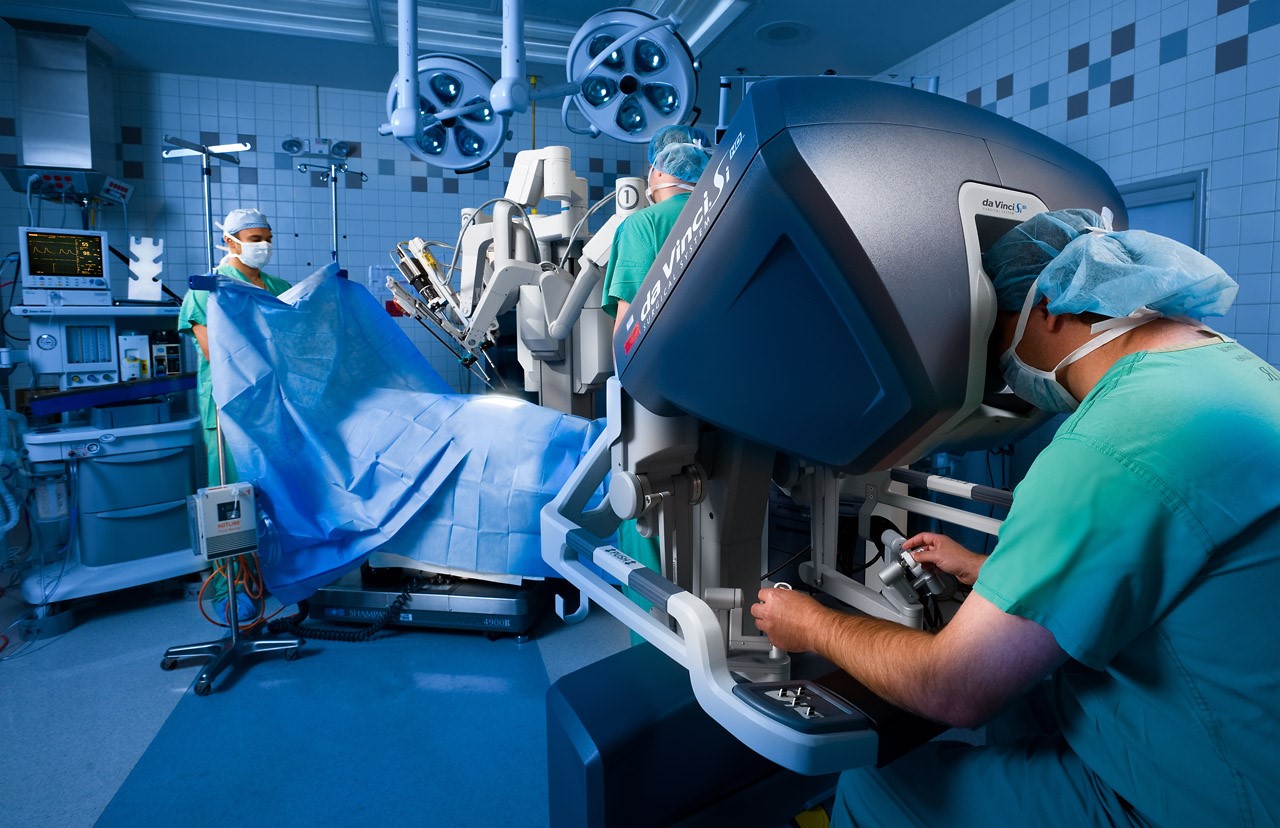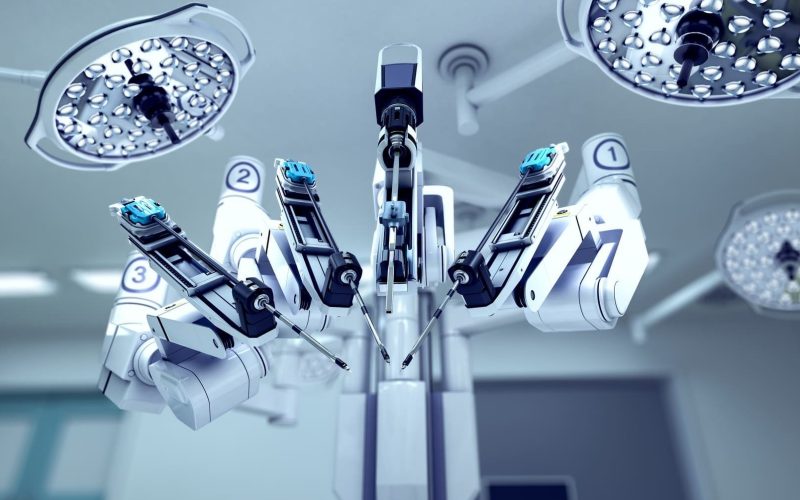Orthopedic surgery has witnessed a remarkable transformation over the past few decades, driven by technological advancements and innovative techniques. These innovations have not only improved the precision and outcomes of surgeries but also significantly reduced recovery times for patients. This article delves into some of the groundbreaking advancements in orthopedic surgery, focusing on minimally invasive techniques, robotic-assisted surgery, 3D printing, and biologics.
Minimally Invasive Techniques
Minimally invasive surgery (MIS) has revolutionized the field of orthopedics by offering numerous benefits over traditional open surgery. These procedures involve smaller incisions, which result in less tissue damage, reduced blood loss, and quicker recovery times. Arthroscopy, a form of MIS, has become a standard procedure for diagnosing and treating joint problems. By using a small camera and specialized instruments, surgeons can repair damaged tissues with minimal disruption to the surrounding structures.
One of the notable advancements in MIS is the development of endoscopic spine surgery. This technique allows surgeons to treat spinal disorders such as herniated discs and spinal stenosis through small incisions, significantly reducing the risk of complications and postoperative pain. Additionally, the use of computer-assisted navigation systems has enhanced the precision of these procedures, ensuring better alignment and placement of implants.
Robotic-Assisted Surgery
Robotic-assisted surgery has emerged as a game-changer in orthopedic surgery. By integrating robotics with advanced imaging technology, surgeons can perform complex procedures with unprecedented accuracy. The most well-known robotic system in orthopedics is the MAKO robotic-arm assisted surgery system, which is used for partial knee and total hip replacements.
The MAKO system allows surgeons to create a personalized surgical plan based on a patient’s unique anatomy. During the procedure, the robotic arm assists the surgeon in precisely removing diseased bone and cartilage, and accurately positioning the implant. This level of precision ensures better alignment and fit of the implants, leading to improved functionality and longevity.
Another significant development is the ROSA Knee System, which assists in total knee replacement surgeries. This system uses real-time data to guide the surgeon in making precise bone cuts and aligning the components accurately. The incorporation of robotics in orthopedic surgery has not only enhanced the precision of procedures but also minimized human error, leading to better patient outcomes.

3D Printing
3D printing technology has made significant inroads into orthopedic surgery, offering customized solutions for complex cases. This technology allows for the creation of patient-specific implants and surgical guides, which are tailored to the unique anatomy of each patient. The use of 3D-printed models enables surgeons to plan and simulate surgeries with greater accuracy, reducing the risk of complications.
One of the most notable applications of 3D printing in orthopedics is in the creation of custom implants for joint replacement surgeries. Traditional implants are available in standard sizes, which may not always fit perfectly. 3D-printed implants, on the other hand, are designed to match the patient’s anatomy precisely, ensuring better fit and function.
Additionally, 3D printing has been used to create patient-specific surgical guides for complex procedures such as spinal fusion and tumor resection. These guides help surgeons navigate the intricate anatomy of the spine or tumor site, ensuring precise placement of screws and other hardware. The result is a more accurate and efficient surgery, with reduced risk of complications.
Biologics
Biologics have emerged as a promising area of innovation in orthopedic surgery, offering new treatment options for various musculoskeletal conditions. These biological agents, derived from natural sources, can promote healing and tissue regeneration, reducing the need for invasive surgical procedures.
One of the most widely used biologics in orthopedics is platelet-rich plasma (PRP). PRP is derived from the patient’s own blood and contains a high concentration of growth factors that promote tissue healing. It has been used to treat a variety of conditions, including tendon injuries, osteoarthritis, and ligament sprains. PRP injections have shown promising results in reducing pain and improving function, making them a valuable adjunct to traditional treatments.
Another significant advancement in biologics is the use of stem cell therapy. Stem cells have the unique ability to differentiate into various types of tissues, making them ideal for regenerative medicine. In orthopedics, stem cell therapy has been used to treat conditions such as cartilage defects, osteoarthritis, and non-healing fractures. By injecting stem cells into the affected area, surgeons can stimulate the body’s natural healing processes, promoting tissue regeneration and repair.
Bone graft substitutes are another area where biologics have made a significant impact. Traditional bone grafts, harvested from the patient’s own body or a donor, have limitations such as limited availability and risk of infection. Biologic bone graft substitutes, such as demineralized bone matrix and synthetic bone grafts, offer a viable alternative. These substitutes provide a scaffold for new bone growth, promoting healing and reducing the need for additional surgeries.
Conclusion
The field of orthopedic surgery has been transformed by a series of innovative techniques and technologies, each contributing to improved patient outcomes and reduced recovery times. Minimally invasive techniques, robotic-assisted surgery, 3D printing, and biologics represent the forefront of this evolution, offering new possibilities for the treatment of musculoskeletal conditions.
As technology continues to advance, the future of orthopedic surgery looks promising. Continued research and development in these areas will likely yield even more sophisticated and effective treatments, further enhancing the quality of life for patients worldwide. The integration of these innovations into clinical practice underscores the commitment of the orthopedic community to providing the best possible care for their patients.









